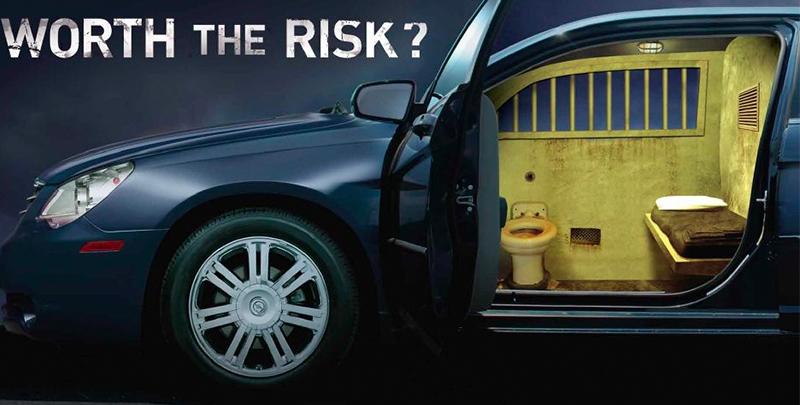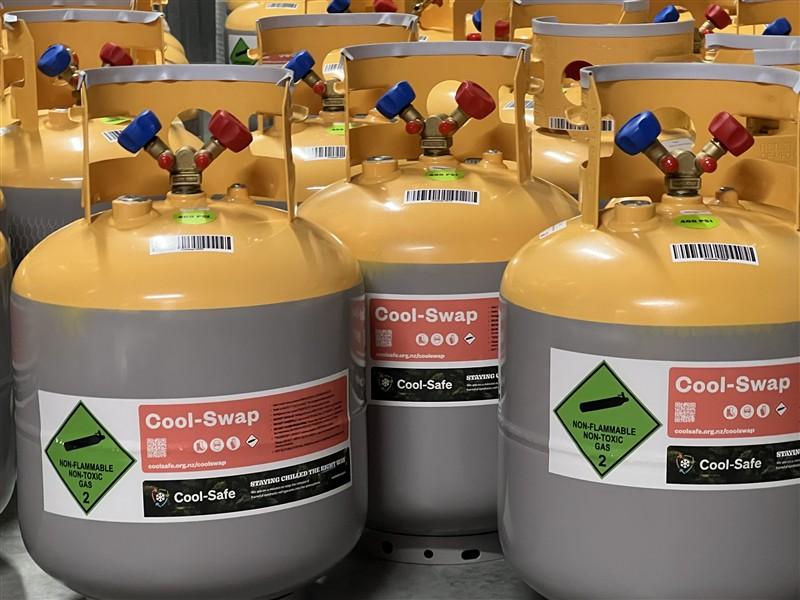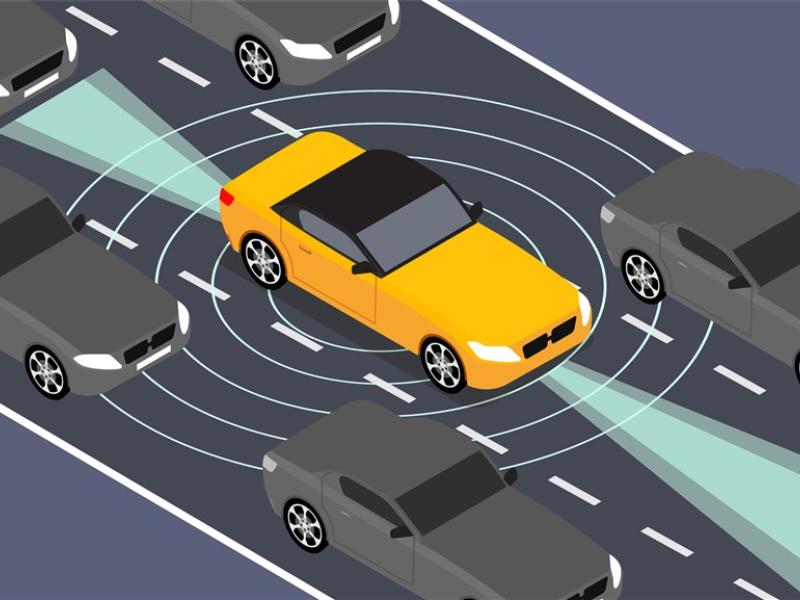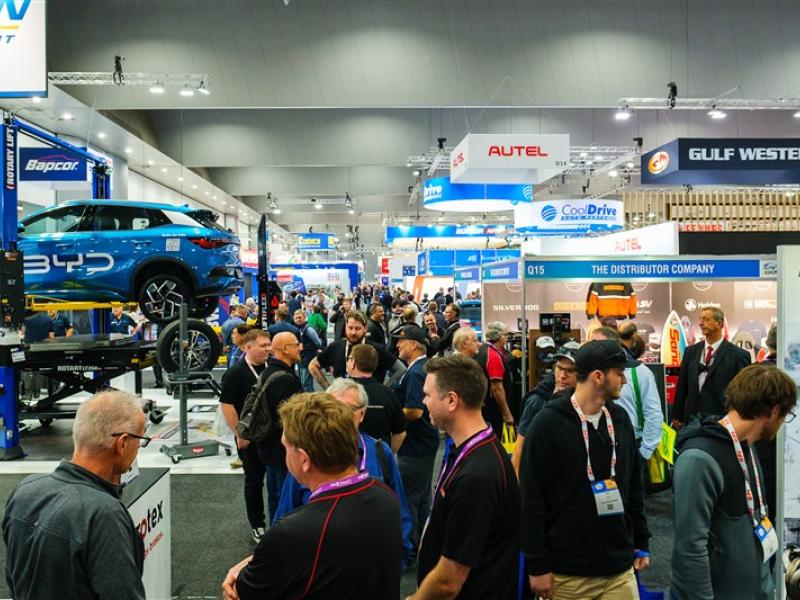More road deaths in 2017 involved drivers with drugs in their system than over the alcohol limit, figures obtained by the AA reveal.
The table below shows the number of crash deaths where a driver subsequently tested positive for some form of potentially impairing drug and compares those numbers to crash deaths involving a drunk driver. Some drivers will have tested positive for both drugs and alcohol.
|
Drivers involved in fatal crashes annually |
||
|
|
Drugs proven |
Alcohol above limit or test refused |
|
2017 |
79 |
70 |
|
2016 |
59 |
67 |
|
2015 |
27 |
66 |
|
2014 |
14 |
48 |
|
2013 |
14 |
53 |
|
Figures from the Crash Analysis System that records details of road crashes in NZ. |
||
The AA is reiterating its election call from last year for the Government to give Police more tools to test and catch dangerous drugged drivers on our roads.
Excluding alcohol, the two most commonly detected individual drugs were cannabis and P. A particularly worrying trend is that the cases of P being detected has shot up in recent years. A range of other drugs and medications that impair driving also feature in the results.
While the numbers look like drugged driving has suddenly skyrocketed, the AA believes the big jump is likely down to more thorough testing being done following crashes.
The current system for Police to test a driver for drugs requires an officer to have strong cause to suspect drug use and then take close to an hour to take the driver to a Police station for an old-fashioned walk-and-turn test.
“The current system almost needs a driver to be sitting in the car with drugs on the seat next to them to get tested and the current test takes up a huge amount of an officer’s time – meaning the chances of drugged drivers being caught are slim,” says says AA road safety spokesperson Dylan Thomsen.
“The saliva testing devices being used in many other countries would be much faster and allow many more potentially drug impaired drivers to be tested than the current approach.”
Although the saliva tests would initially only detect common illicit drugs (like cannabis, P and ecstasy), the AA believes it is better to test for some impairing substances rather than none.
“Random roadside drug testing would send a strong message that you’re endangering yourself and others if you drive impaired, and this doesn’t just apply to alcohol,” says Dylan.
An initial positive test can also be followed by a second test to confirm the result is accurate.
“Drug testing does cost more than alcohol testing but the Ministry of Transport has estimated that every dollar spent would deliver $8 in savings from having fewer crashes on our roads.
“Drug testing of drivers is working in Australia, the UK, France, the Netherlands, Norway, Denmark and Ireland and it can work here.”






